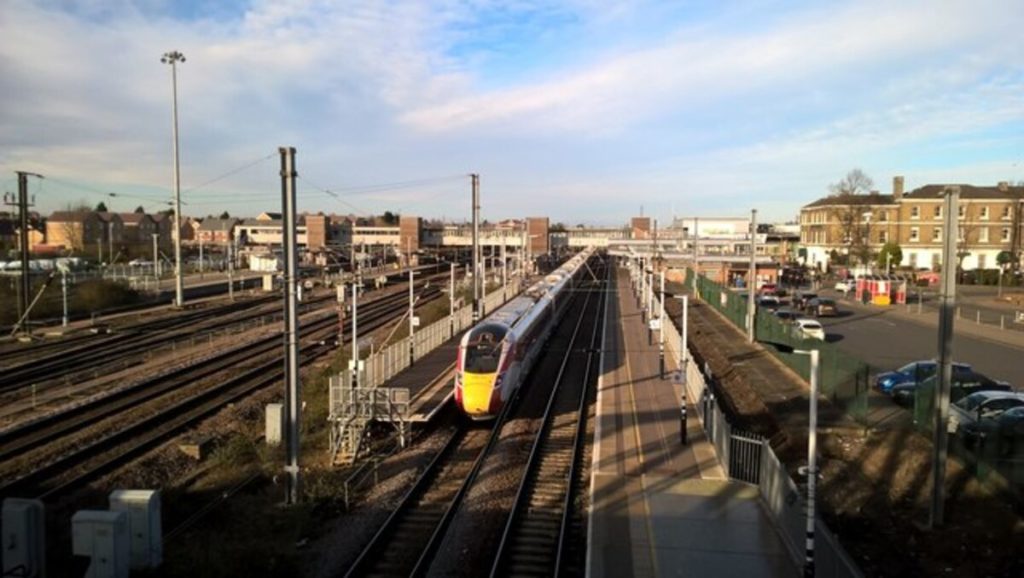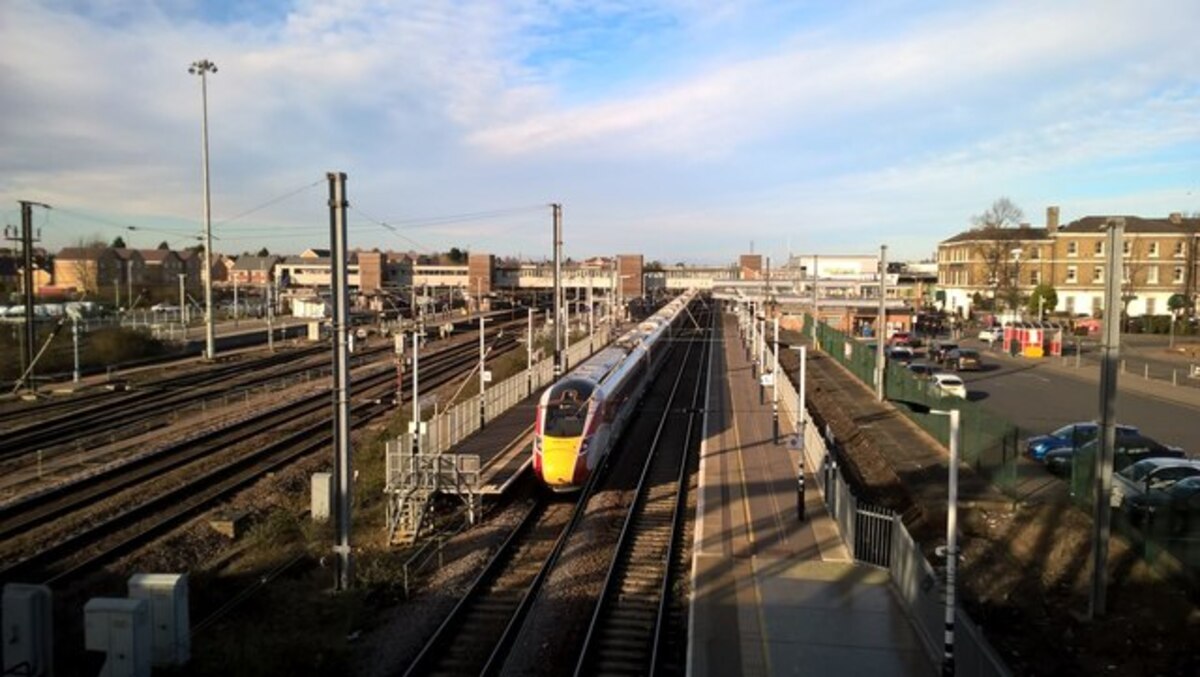The test on the 422-kilometre track, which runs from Vientiane and connects with the Chinese railway network in China’s border town of Mohan in Yunnan, comes before the planned service launch in December when the railway line is expected to be completed according to plan.
Construction of all the stations along the railway is set for completion in September and October. The terminal station in Vientiane is now 70-per cent complete and interior building work is currently underway, with completion scheduled in September.
There are ten passenger stations in Vientiane, Phonhong, Vangvieng, Kasy, Luang Prabang, Nga, Xay, Namor, Nateuy, and Boten on the border. There are also 22 stations for the loading and unloading of freight.

The railway traverses the provinces of Vientiane, Luang Prabang, Oudomxay, and Luang Namtha, crosses the Mekong, and passes through 75 tunnels with a combined length of around 198 kilometers, according to the operator, Laos-China Railway Company.
The train will run at a maximum speed of 160 kilometers per hour. It is part of China’s Belt and Road Initiative and includes a planned rail connection with Thailand in Nong Khai. The railway will cut the cost of transport through northwestern Laos by 30 to 40 percent compared to transport by road.
Construction of the $6-billion railway began in December 2016. The Lao government is confident the railway will spur socio-economic development and enable the landlocked country to make greater progress, although it is also highly indebted to China due to the project.














